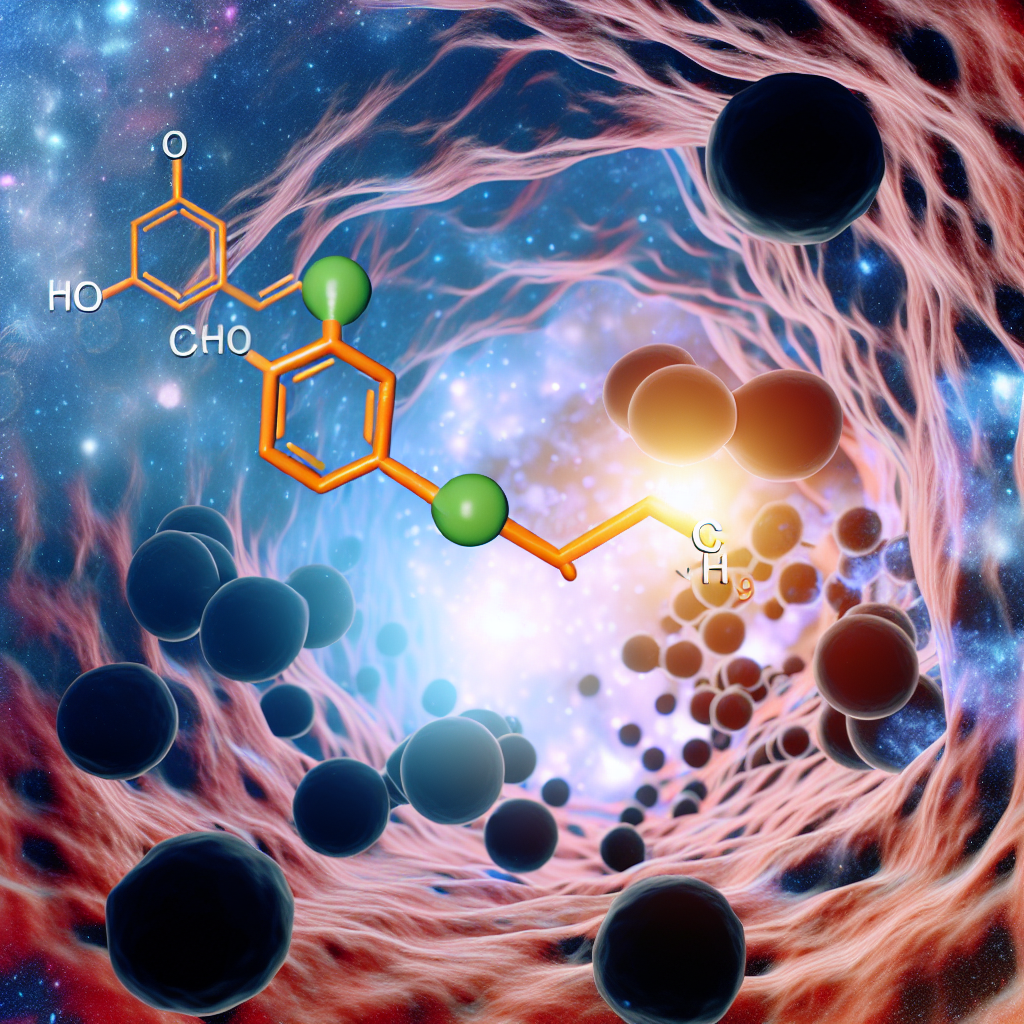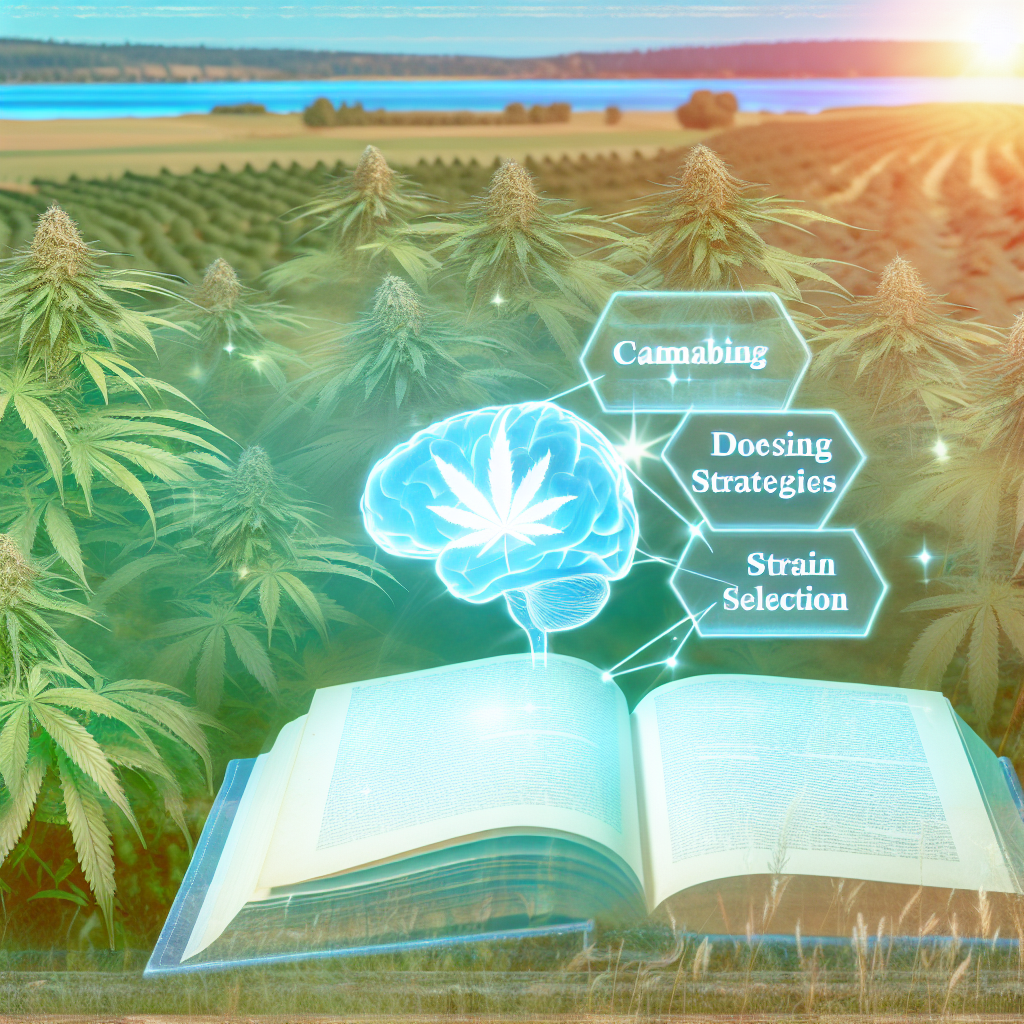The Entourage Effect of Flavonoids: Cannflavin A, B, and C as Potent Anti-Inflammatories
Introduction
As the cannabis industry evolves, research continues to unravel the therapeutic value of its lesser-known components. While **cannabinoids** like **THC** and **CBD** have dominated the conversation, attention is increasingly shifting toward **flavonoids**—plant compounds that offer significant health benefits beyond pigmentation. Among them, a unique group called **cannflavins**—specifically Cannflavin A, B, and C—is drawing interest for its potential role in the **entourage effect**, a synergistic phenomenon where all compounds of the cannabis plant work together to enhance therapeutic outcomes.
Flavonoids are commonly found across the plant kingdom and are often studied for their anti-inflammatory, antioxidant, and anti-cancer capabilities. In cannabis, over 20 unique flavonoids have been identified, but Cannflavins A, B, and C stand out for their potent interaction with **inflammation pathways**. These compounds were first identified in 1985 by researchers at the University of London, who discovered that Cannflavin A and B significantly inhibited **prostaglandin E2** production, an important mediator of inflammation in human cells.
Unlike traditional **NSAIDs (nonsteroidal anti-inflammatory drugs)**, which work by blocking COX enzymes, cannflavins modulate inflammation through alternate pathways. This differentiation could prove valuable in minimizing side effects associated with common medications, such as gastrointestinal discomfort. Their compatibility with the **full-spectrum** makeup of cannabis makes them ideal candidates for integrative, non-intoxicating treatments.
The **entourage effect** suggests that compounds such as **cannabinoids**, **terpenes**, and **flavonoids** work best synergistically, not in isolation. Cannflavins, though naturally present in small amounts, are becoming focal points in research for plant-based pharmaceutical applications. As public interest grows and **cannabis legalization** expands, these bioactive flavonoids are poised to play a larger role in medical therapy development.
Scientific and Medical Research Insights on Cannflavin A, B, and C
Cannflavins are **prenylated flavones** found in cannabis that offer strong evidence of **anti-inflammatory effects** via non-cannabinoid pathways. Among them, **Cannflavin A** has received the most research attention. A landmark 1985 study published in Biochemical Pharmacology found that Cannflavin A suppressed prostaglandin E2 by a factor of 30 more effectively than aspirin—without interfering with COX-1 or COX-2 enzymes the way NSAIDs do ([Barrett et al., 1985](https://www.sciencedirect.com/science/article/abs/pii/0006295285902789)). These findings highlight Cannflavin A’s distinct mechanism of action, which avoids the pitfalls of NSAID-related side effects.
**Cannflavin B**, discovered in the same era, closely mirrors Cannflavin A structurally but is slightly less potent in laboratory anti-inflammatory models. However, its ability to work in concert with other cannabis compounds makes it critical to whole-plant formulations. Meanwhile, the most recent member, **Cannflavin C**, was discovered in 2008 by researchers at the University of Mississippi. This discovery expanded the cannflavin class and demonstrated the ongoing potential of cannabis phytochemistry ([Radwan et al., 2008](https://pubmed.ncbi.nlm.nih.gov/19136938/)).
In 2019, research from the University of Guelph broke new ground by mapping the full **biosynthetic pathway** for Cannflavins A and B. Using **synthetic biology techniques**, the flavonoids were successfully produced in yeast, bypassing the need for natural cannabis extraction ([Gogna et al., 2019](https://www.ncbi.nlm.nih.gov/pmc/articles/PMC6742663/)). This breakthrough not only enables large-scale production but also opens new doors for **pharmaceutical applications** and in-depth pharmacological studies.
These flavonoids also contribute significantly to the **entourage effect**. As highlighted by Dr. Ethan Russo in a comprehensive 2011 review published in the British Journal of Pharmacology, compounds such as flavonoids enhance the performance of cannabinoids and terpenes when used together ([Russo, 2011](https://www.ncbi.nlm.nih.gov/pmc/articles/PMC3165946/)). Though cannflavins don’t bind directly to the CB1 or CB2 cannabinoid receptors, they influence inflammatory pathways that may **enhance the therapeutic impact** of cannabinoids.
Current investigations explore how cannflavins might be integrated into therapies for **chronic inflammation**, including disorders like **arthritis**, **fibromyalgia**, and **multiple sclerosis**. Symptoms of these conditions—persistent pain, inflammation, and reduced mobility—are areas where cannflavins could provide **effective and safe symptom relief**.
Conclusion
Though not widely known, **Cannflavins A, B, and C** exemplify the untapped pharmacological power of cannabis. By working through unique pathways and avoiding the adverse side effects of traditional drugs, these flavonoids offer a promising future in both **wellness** and **medical cannabis**. Their place within the **entourage effect** underscores a paradigm shift from isolated compounds to unified, **full-spectrum therapeutics**. Continued research, alongside advances in **synthetic biology**, may well position cannflavins as essential elements in the next generation of **plant-based anti-inflammatory treatments**.
Concise Summary
Cannflavins A, B, and C are powerful **flavonoids found in cannabis** with potent **anti-inflammatory properties**, outperforming aspirin in lab settings without the typical side effects. As part of the **entourage effect**, they enhance the impact of cannabinoids and terpenes while avoiding psychoactivity. New research mapping their biosynthesis now enables mass production for medical use. These findings may lead to next-generation treatments for chronic conditions like **arthritis**, **fibromyalgia**, and **multiple sclerosis**, marking cannflavins as emerging stars in cannabis-based therapy.
References
– [Barrett, M.L., Scutt, A.M., & Evans, F.J. (1985). Cannflavin A and B, prenylated flavones from Cannabis sativa L. Experientia, 41(4), 522–523.](https://www.sciencedirect.com/science/article/abs/pii/0006295285902789)
– [Radwan, M.M., ElSohly, M.A., Slade, D., Ahmed, S.A., Khan, I.A., & Ross, S.A. (2008). Biologically active cannabinoids from high-potency Cannabis sativa. Journal of Natural Products, 71(6), 962–966.](https://pubmed.ncbi.nlm.nih.gov/19136938/)
– [Gogna, G., Tay, Y.L., Braunstein, M., & Green, M. (2019). Cannflavin A biosynthesis and synthetic biology approaches to production. Frontiers in Plant Science, 10:161.](https://www.ncbi.nlm.nih.gov/pmc/articles/PMC6742663/)
– [Russo, E.B. (2011). Taming THC: Potential cannabis synergy and phytocannabinoid-terpenoid entourage effects. British Journal of Pharmacology, 163(7), 1344–1364.](https://www.ncbi.nlm.nih.gov/pmc/articles/PMC3165946/)




